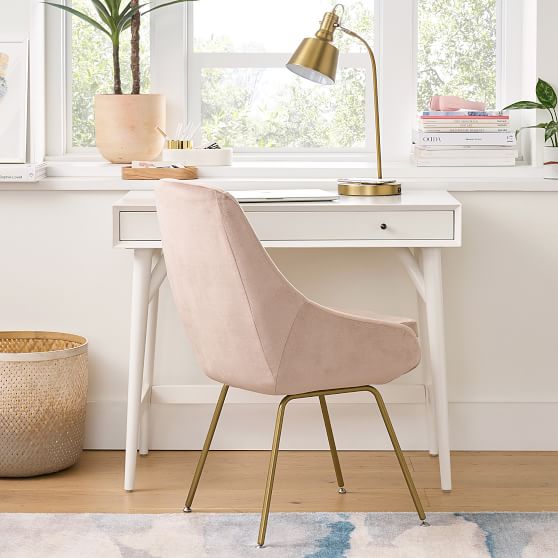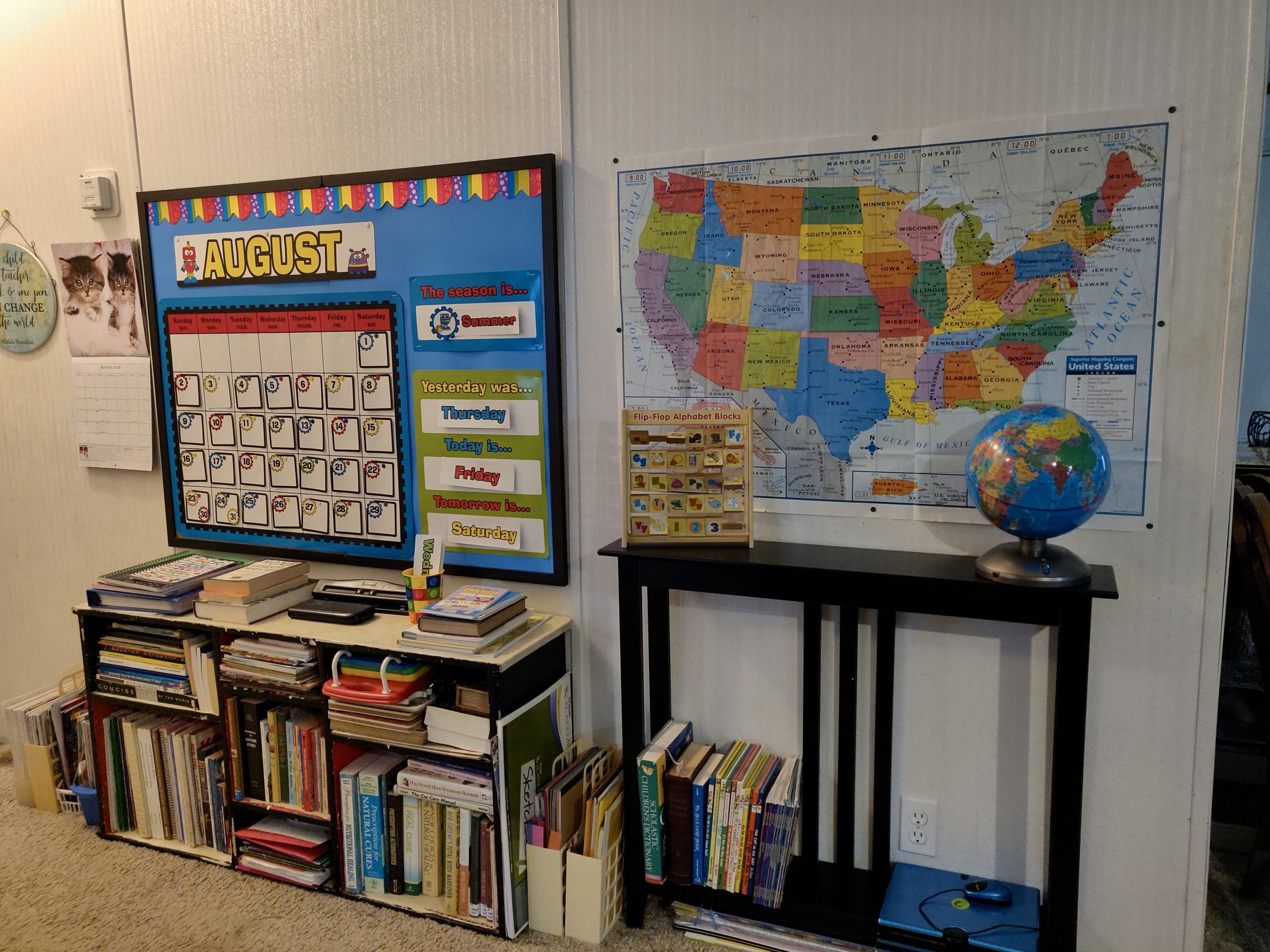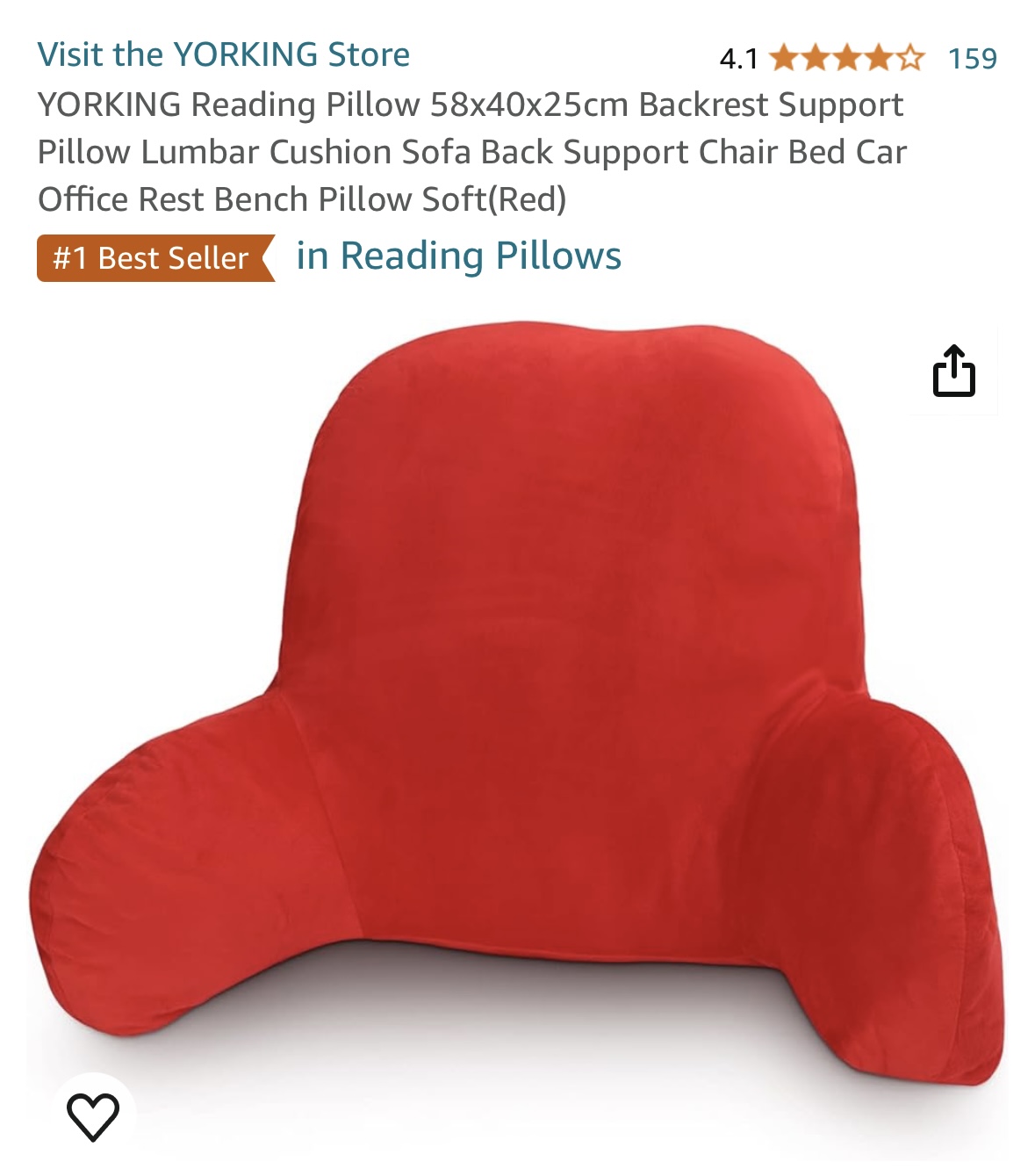Day 2: Creating the Perfect Study Space at Home
Jun 01, 2024
Welcome to Day 2 of our Home Educating series!
Today, we’ll examine one of the most crucial aspects of home education: creating a dedicated learning space.

A well-designed home education space can significantly enhance your child's ability to focus, learn, and enjoy their educational journey. Whether you have a whole room to dedicate or just a corner, we’ve got practical tips to help you set up an effective and inviting learning environment.
Step 1: Identify the Location
The first step in creating an optimal learning space is to choose the right location. Here are a few key considerations:
- Quiet Area: Select a spot away from high-traffic areas of the house to minimise interruptions. A quiet environment helps children concentrate better and stay engaged with their lessons.
- Well-Lit: Good lighting is essential. Natural light is ideal, but if that’s not possible, ensure the area is well-lit with lamps or overhead lights to reduce eye strain.
- Minimal Distractions: Choose a location with minimal distractions. Avoid places where there’s a lot of noise or where children might be tempted by toys, TV, or other distractions.

Step 2: Organise Resources
Once you've identified the perfect spot, it's time to organise your resources. An organised learning area can make a significant difference in how smoothly your home educating day goes.

- Easy Access to Materials: Ensure that all necessary materials (books, stationery, art supplies, etc.) are within easy reach. Use shelves, bins, or baskets to keep everything organised. A rolling cart can be a great portable storage solution.
- Tidy Area: A clutter-free space promotes a clear mind. Encourage your child to clean up at the end of each day, so they start the next day fresh and ready to learn. Regularly declutter and organise the space to maintain order.
- Dedicated Workspace: If possible, provide each child with their own workspace. This could be a desk, table, or even a dedicated section of a larger table. Personal space helps children feel more responsible for their learning area and reduces squabbles over shared spaces.

Step 3: Personalise the Space
Creating a space that feels personal and inviting can make a huge difference in your child's enthusiasm for learning. Here are some ideas to make the space their own:

- Decorate Together: Allow your children to participate in decorating their learning area. They can choose colours, posters, or decorations that reflect their interests and personality.
- Creative Touches: Add elements that inspire creativity, such as a bulletin board for displaying their work, motivational quotes, or artwork. Personal touches can make the space feel more special and enjoyable.

https://amzn.to/3V8Si8i
- Comfortable Seating: Ensure that seating is comfortable and appropriate for your child’s size. Ergonomic chairs can help with posture and comfort during longer study sessions. Adding some cushions or a cozy reading nook can also make the space more inviting.

https://amzn.to/4aMg1kC
Resources and Tools
To help you create the perfect learning environment, here are some recommended resources and tools:
- IKEA: Affordable and stylish furniture options that can help you organise and decorate your learning space.
- The Container Store: Great for storage solutions to keep your area tidy and organised.
- Amazon: Find everything from ergonomic chairs to educational posters and organisational tools.

Note: Some of these links are affiliate links, which means we may earn a commission if you make a purchase through them. This helps support the blog and allows us to continue providing valuable content to you.
Making the Most of Your Space
Remember, the goal is to create a space that is functional, organised, and personalised to fit your family's needs. Here are a few more tips to help you make the most of your home education space:
- Flexible Learning Zones: If space allows, create different zones for different activities (e.g., a quiet reading corner, a craft table, a science experiment area). This can help delineate activities and reduce clutter.

https://amzn.to/4aInaT2
- Routine and Consistency: Establish a routine that includes dedicated learning times in the designated space. Consistency helps children understand when it’s time to focus on learning.
- Adapt and Evolve: Be open to changing the setup as needed. What works at the beginning of the year might need adjustments as your child grows or their interests change.
Share Your Space
We’d love to see your home education spaces! Share photos of your setups and any tips you have on our Facebook page or tag us on Instagram. Your ideas could inspire other home educating families and create a supportive community.
Looking Ahead
Stay tuned for tomorrow’s post where we’ll explore essential supplies.
Until then, happy home edding and enjoy creating your perfect learning space!
P.S. Remember to subscribe to our newsletter and follow us on social media for the latest updates and exclusive content. Let’s make this home education journey an incredible experience for you and your family!
The Joy of Home Educating Community Membership
Feeling overwhelmed? Struggling to find time for yourself, to come up with new ideas or ways to make learning fun? Join our exclusive community for structure, expert guidance, and support. Enjoy organised resources, how-to guides, masterclasses, challenges and priority bookings for fun and educational, learning activities for kids. Connect with like-minded parents and simplify your journey.
Get your FREE Getting Started Checklist and Stay connected with news and updates!
Join our mailing list to receive the latest news and updates from our team.
Be assured that your information will be held confidentially.
We hate SPAM. We will never sell your information, for any reason.

